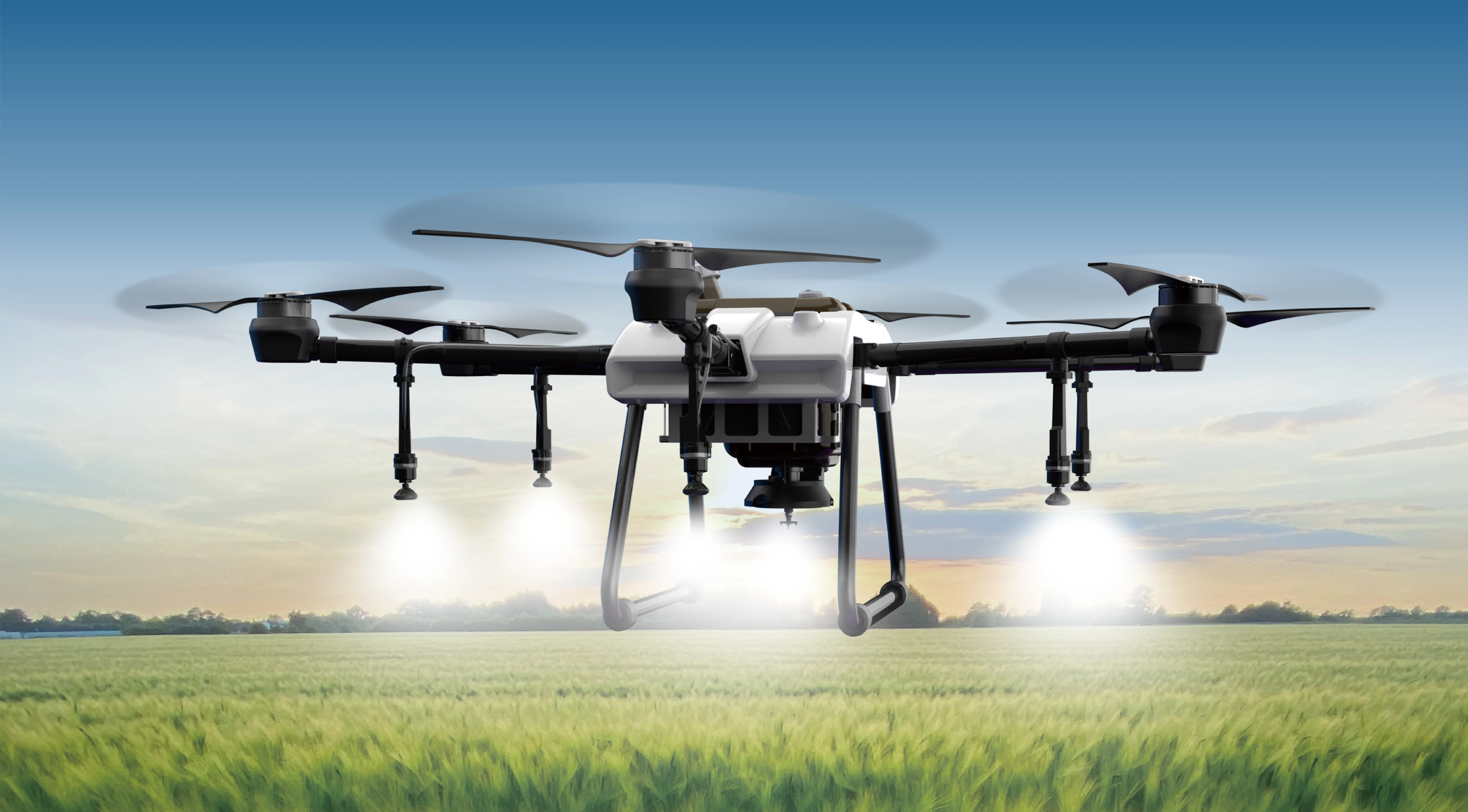In a world where automation, mobility, and precision are redefining how we live and work, one silent hero often remains overlooked: the gear motor with wheels. These compact yet powerful components form the backbone of countless machines and devices, seamlessly blending mechanical ingenuity with practical mobility. Whether in small robotic arms, conveyor systems, or autonomous vehicles, gear motors with wheels are proving indispensable—bringing efficiency, adaptability, and innovation to an ever-expanding array of applications.

Understanding the Core Components
At their simplest, gear motors are electric motors integrated with a gear train to adjust speed and torque. Coupling this with wheels creates a versatile unit capable not only of motion but of precise control over that motion. The gear assembly—most commonly a planetary gear, spur gear, or worm gear—serves to increase torque, decrease speed, and optimize energy transmission, ensuring the device operates smoothly under varying loads.
Wheels, on the other hand, are the interface of these mechanisms with the physical world. They translate the rotational motion from the gear motor into linear movement or facilitate rotation. The combination of these elements results in a compact, efficient unit capable of navigating complex environments or performing delicate tasks.
Applications That Drive Innovation
From miniature robots used in research labs to large industrial machinery, gear motors with wheels are everywhere. In robotics, they are the powerhouse behind autonomous delivery bots, robotic vacuum cleaners, and cutting-edge prosthetics. Their precision control allows robots to move with stability, agility, and exact positioning—crucial for delicate assembly or exploration tasks.
In industries like manufacturing and logistics, gear motors with wheels power conveyor systems that move products with accuracy and consistency. Warehouses leverage these systems for everything from sorting packages to automated picking, boosting productivity while reducing human error.
Design Considerations for Effectiveness
Designing an effective gear motor with wheels involves multiple considerations. Torque requirements, speed ranges, size constraints, and operating environment all influence choices. For instance, a robot meant for rough terrain needs rugged wheels and durable gear trains, while a precision laboratory device demands fine-tuned gear ratios and noise reduction mechanisms.
Materials selection is equally crucial. High-quality plastics or composites for lightweight applications, hardened steel for heavy-duty use, or specialized rubber tires for grip—and noise reduction—are common choices. Moreover, integrating sensors—such as encoders—into these units allows for real-time feedback, enabling smarter, more responsive movements.
Emerging Trends and Future Prospects
As technology advances, so too do gear motors with wheels. The rise of brushless DC motors, coupled with smart control systems, has made these units more efficient, quieter, and easier to fine-tune. Energy harvesting techniques, like regenerative braking, further improve their sustainability.
Emerging trends include the integration of artificial intelligence for autonomous decision-making, making gear motors with wheels smarter and more adaptable. For instance, autonomous vehicles increasingly rely on sophisticated gear motor systems to navigate complex environments with minimal human intervention. Similarly, modular robotic platforms now feature interchangeable gear motor units, allowing rapid customization and scalability.
The miniaturization of these systems opens doors to new fields such as medical devices, where tiny gear motor units enable minimally invasive surgical tools or delicate diagnostic robots. Meanwhile, advances in materials science promise longer-lasting, more resilient components capable of operating in extreme environments—be it deep-sea exploration or space missions.
The Bottom Line
Gear motors with wheels exemplify how combining fundamental mechanical principles with modern innovations can unlock extraordinary capabilities. They stand at the intersection of power, precision, and mobility, continually pushing the boundaries of what machines can do. As industries worldwide embrace automation and smarter solutions, these compact yet mighty units are poised to play an even greater role—not just powering devices, but pioneering the future of movement and ingenuity.
Leveraging innovations in modular drive technology, Kpower integrates high-performance motors, precision reducers, and multi-protocol control systems to provide efficient and customized smart drive system solutions.




































